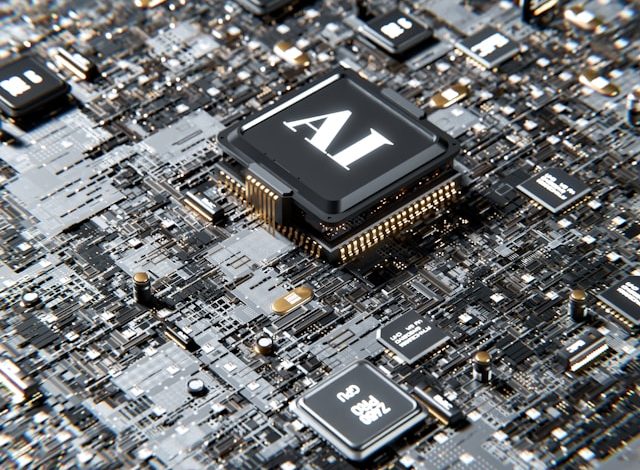
ARTIFICIAL INTELLIGENCE FOR CONSTRUCTION SITE SAFETY
AI in Civil Engineering
The construction sector is known for its complexity and constant risks. Artificial Intelligence (AI) can transform construction site safety, improving working conditions and reducing accidents.
AI simulates human mental processes such as reasoning, learning, and solving complex problems. In civil engineering, these technologies can analyze historical data, regulations, and records to improve design and safety. Tools like smart helmets and vests, cameras, and drones enable continuous monitoring of construction sites, identifying dangerous situations in real time. AI is already changing construction site safety. Cameras, IoT devices, and sensors constantly monitor work. AI collects data over time and can detect trends and risky behaviors, preventing accidents. For example, facial recognition can identify signs of worker fatigue, while wearable sensors monitor health conditions, alerting in case of abnormal variations.
Advantages of AI in Construction
The benefits of AI for construction site safety fall into five main areas:
- Automation of dangerous tasks: Automation reduces risks, allowing workers to focus on less hazardous tasks. For example, AI can handle the manipulation of dangerous substances, eliminating human error and continuously improving through machine learning.
- Accident prevention: AI monitors the safety conditions of the site and workers, detecting indicators of fatigue or distraction. Algorithms can analyze historical data on incidents and behaviors, identifying potential increases in risk.
- Hazard identification: Facial recognition and wearable sensors monitor worker fitness and detect anomalies in vital parameters, temperatures, behaviors, and equipment, enabling timely interventions.
- Site monitoring: By combining AI, sensors, and IoT, an intelligent network for continuous site monitoring is created, detecting noises, air quality, temperature, and worker positions. AI can predict adverse weather conditions and trigger alarms to temporarily suspend activities in case of danger.
- Worker training: AI supports training through virtual reality (VR) and augmented reality (AR), offering realistic simulations of site conditions. These simulations cover equipment handling and incident response, enhancing worker awareness and preparedness.
In summary, Artificial Intelligence has the potential to revolutionize construction site safety, offering advanced solutions for monitoring, preventing, and responding to risks, while simultaneously improving worker training and preparedness.
